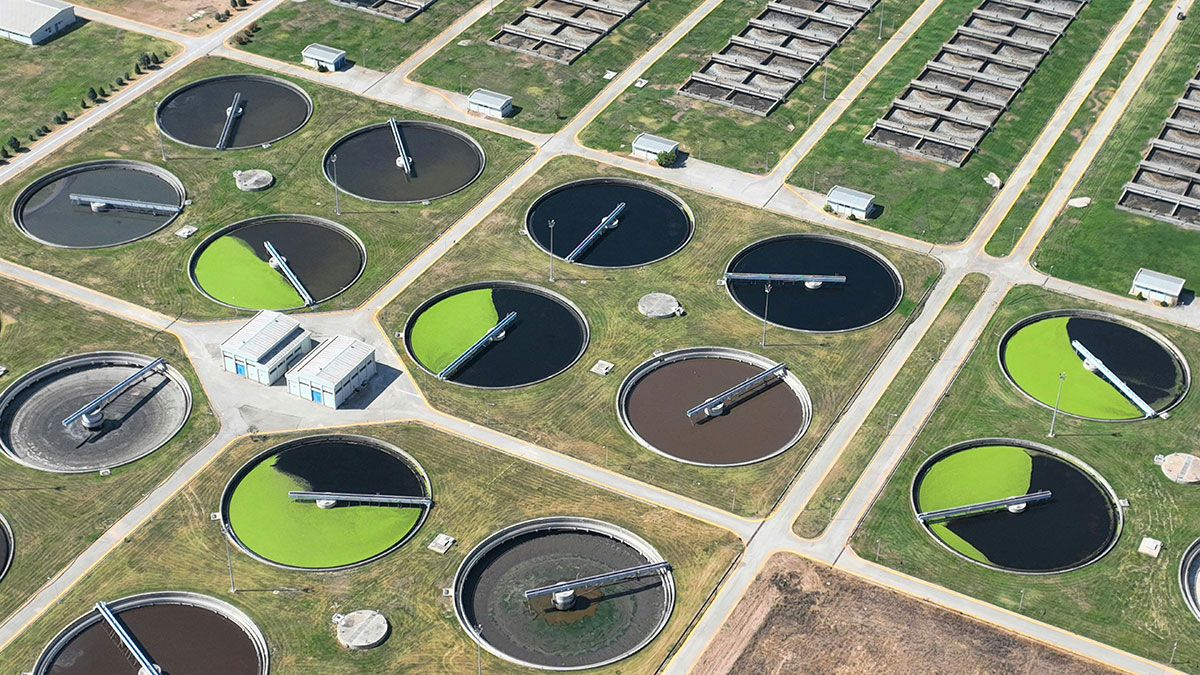Artificial intelligence (AI) is reaching more and more aspects of our daily lives. It has also reached water resource management, with numerous initiatives applying the “deep reinforcement learning methodology”, the foundation of AI, to water management. Let’s first see what this methodology consists of and then take a look at different initiatives that apply it in order to achieve efficiency, savings and, in general, sustainability in the management, use and consumption of water. Join us.
Deep reinforcement learning is a form of machine learning that combines reinforcement learning and deep learning. Reinforcement learning refers to the ability of a computer to learn to make decisions, through algorithms, by trial and error – or, rather, by accumulation of trials and errors. Deep learning, on the other hand, is the machine’s ability to transform a set of input data, via a neural network, into a set of output data. To close the circle, let’s just note that a neural network is a computer model inspired by the structure and function of biological neural networks in animal brains.
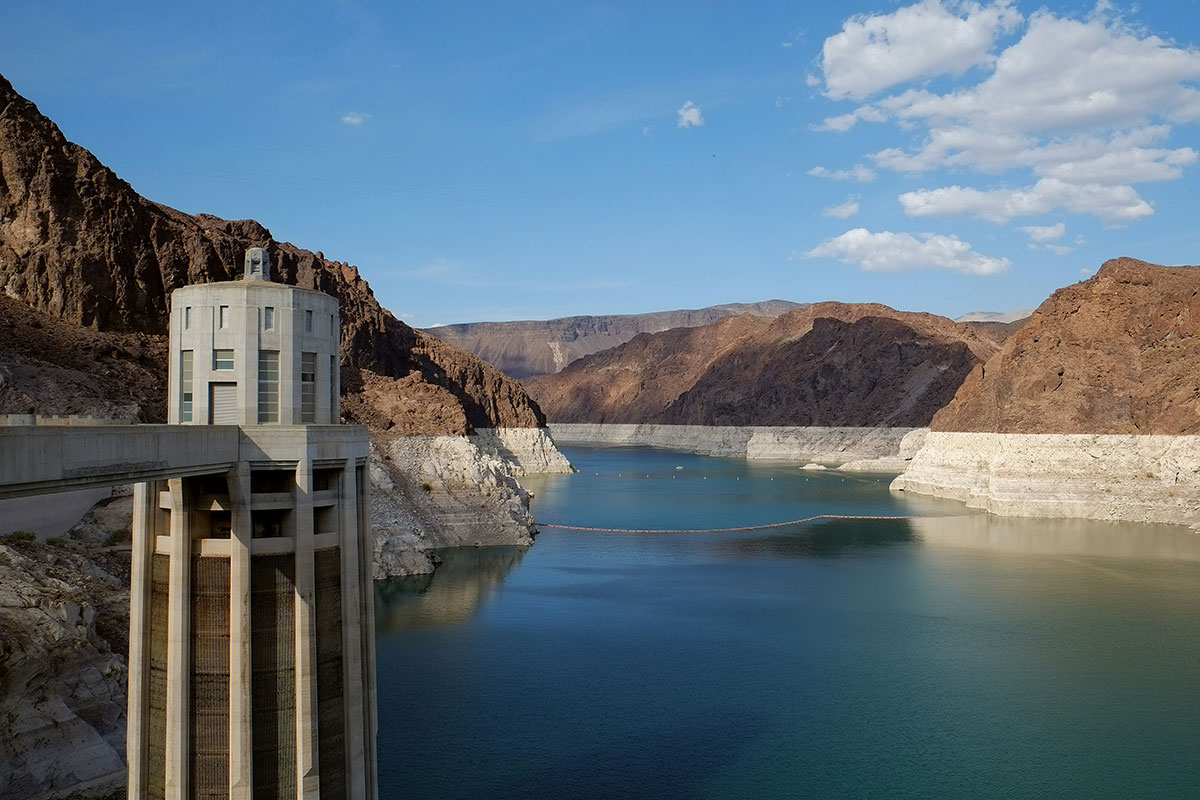
Finally, deep learning by reinforcement incorporates deep learning into problem solving or, in other words, decision-making. Computer systems are thus able to decide, on the basis of very large unstructured input data, what actions to take to optimise an objective. Deep learning by reinforcement has been applied to robotics, video games, natural language processing, computer vision, education, transport, finance, healthcare and, as we are about to see, recently to water management.
The Spanish multinational company Acciona has launched the PRISTINE project in a pilot water treatment plant. Thanks to this, a series of virtual online sensors detect data such as water flow, pH and turbidity, and an associated AI system estimates the concentrations of pollutants in real time, something that could only be done until now in laboratories and, of course, not in real time. Therefore, the system implemented with the PRISTINE project automatically adjusts water treatment to comply with regulations.
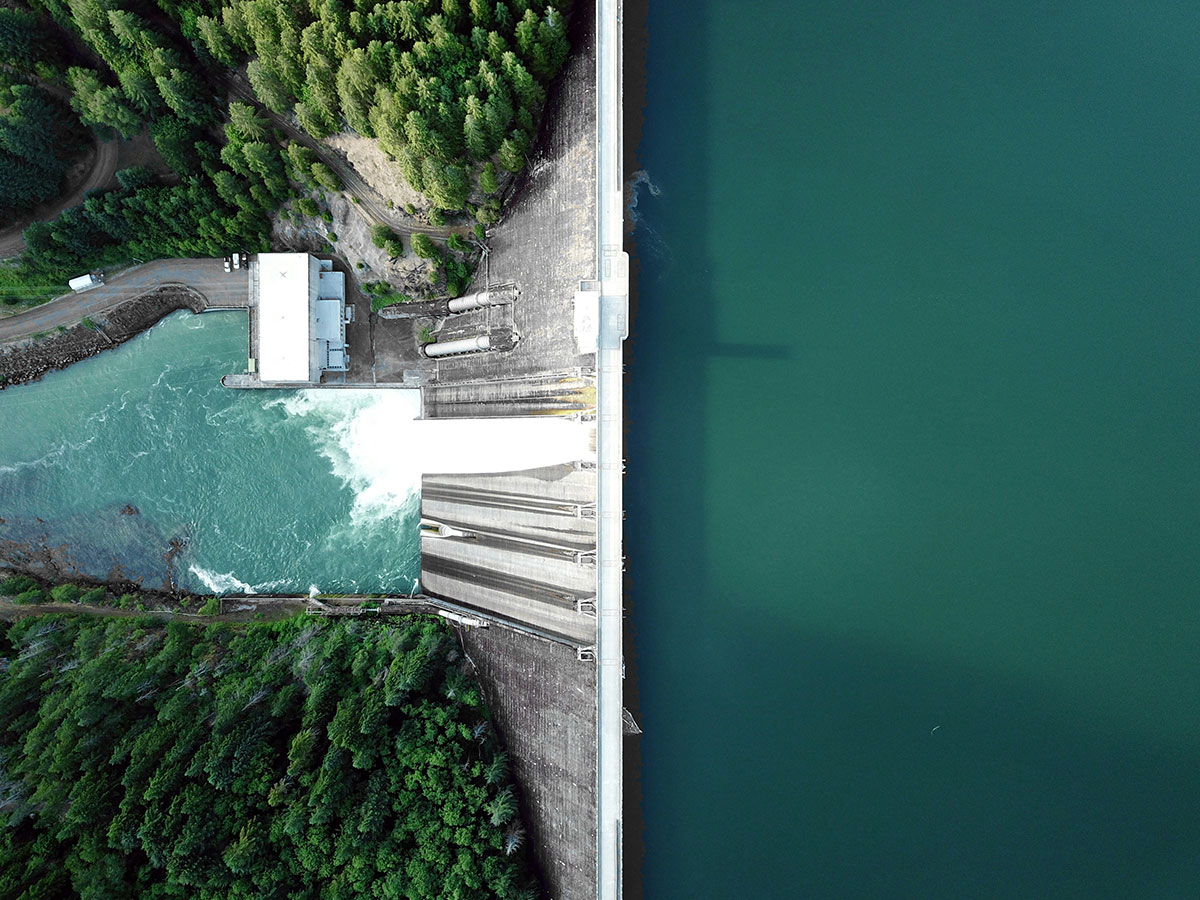
Another example is UK water company Severn Trent, which announced in January 2023 that it had succeeded in transforming wastewater management with an ‘industry leading trial using AI’ to ‘predict weather conditions, forecast maintenance and control waste flow’. In the words of Severn Trent’s director of intelligence and innovation, Rich Walwyn, “when we know heavy rain is predicted, the network will automatically optimise the network’s storage ready for the extra flow and divert flow away from overflows and hot spots reducing the risk of flooding and pollution”.
A third example is Oldcastle Infrastructure. This US infrastructure solutions provider partnered with UK-based FIDO Tech Ltd. to develop an AI technology called Hydro-Logic CivilSense. Thanks to this AI system, it is possible to detect leaks along the water distribution network. And this, judging by the figures, is no small matter.
According to data provided by Oldcastle Infrastructure, there are 240,000 water main breakages per year in the US, about 22.7 billion litres of drinking water are lost, and municipalities and utilities lose about $7.5 billion. Oldcastle Infrastructure’s solution involves mapping the water infrastructure, installing sensors in strategic locations and compile their parameters. The AI tool then analyses the data and is able to predict and detect leaks in the network with 93% accuracy.
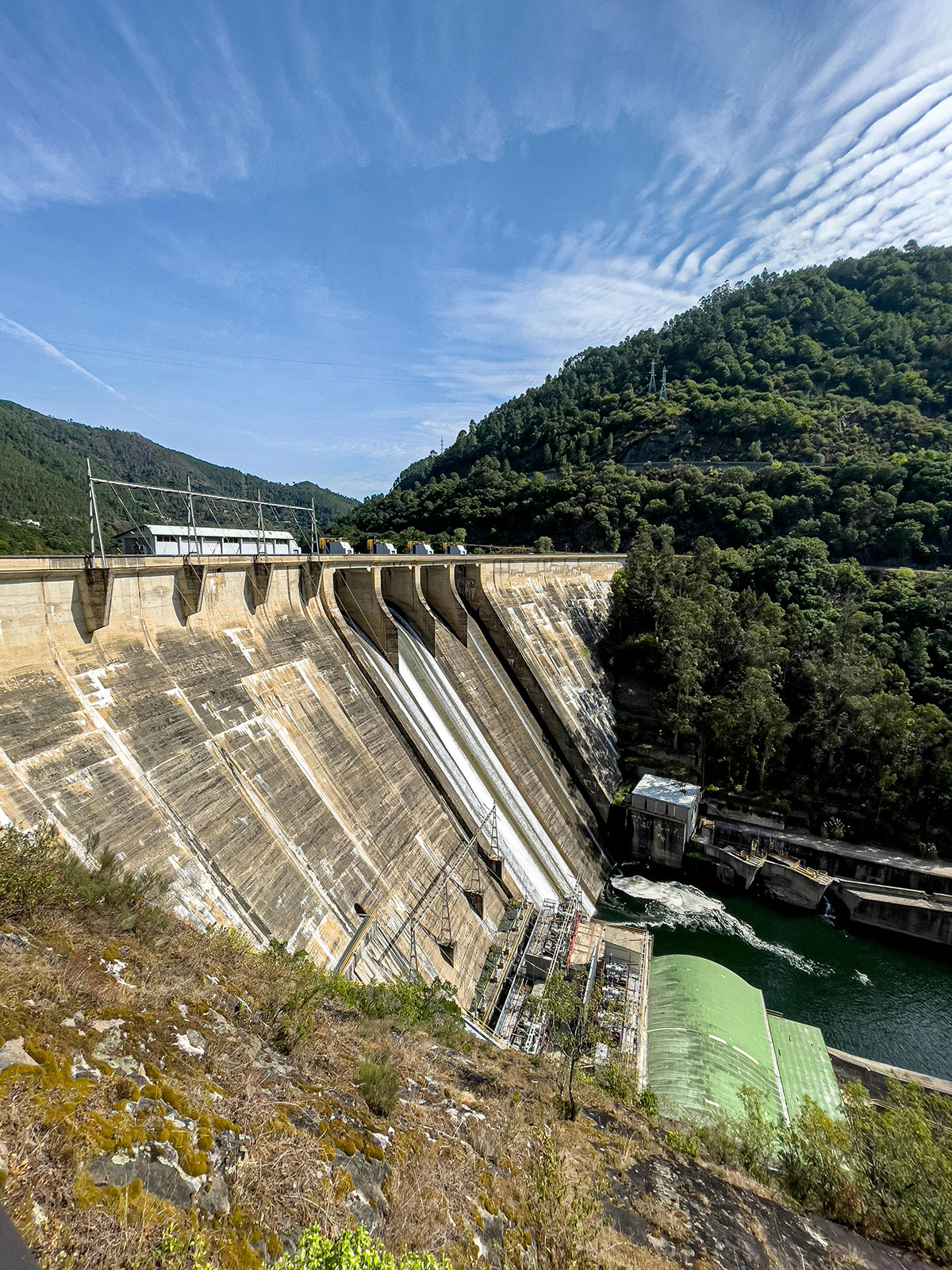
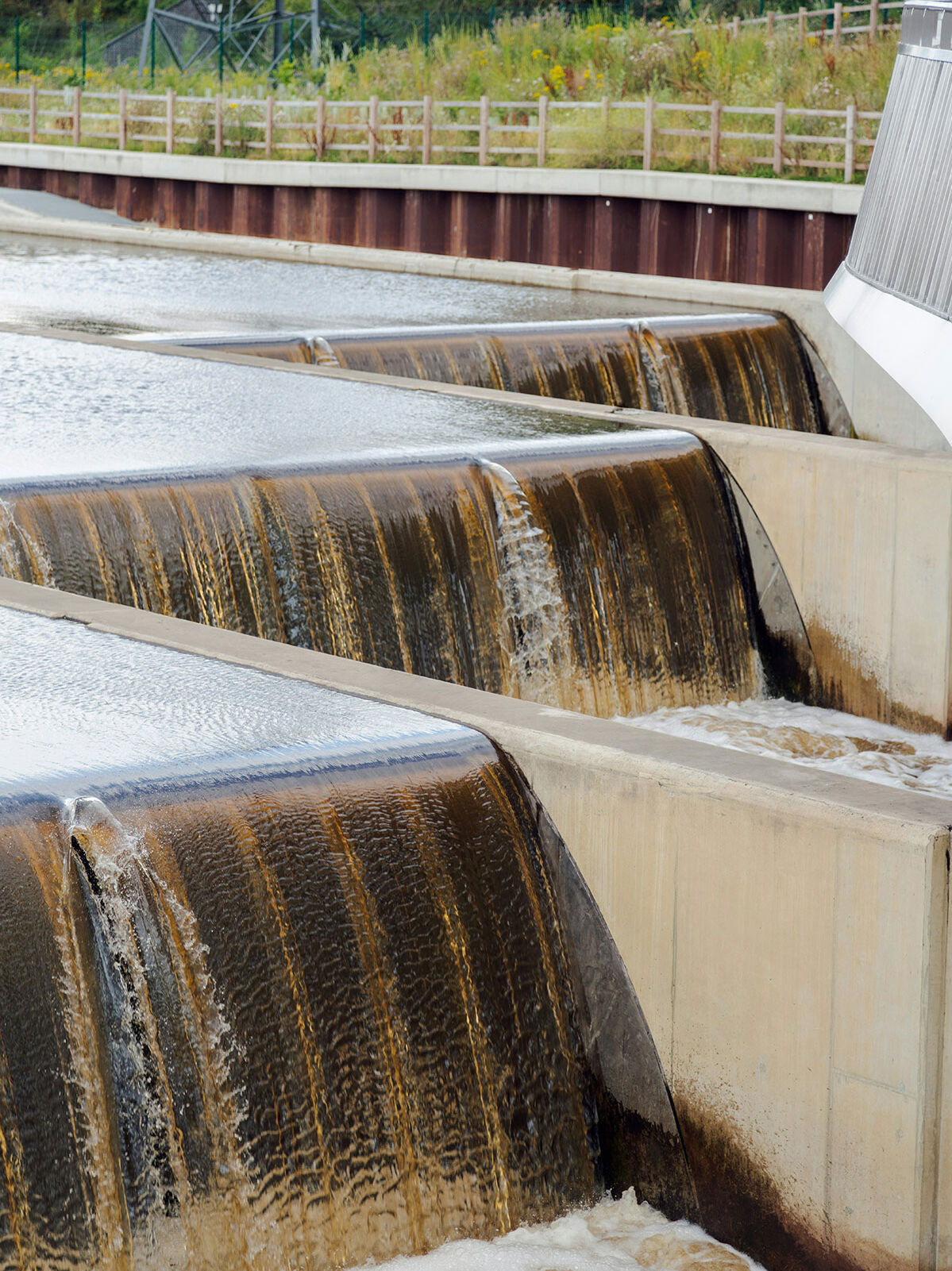
These are just some of the examples of artificial intelligence implementations being developed around the world for water management. There are more and, no doubt, new projects will emerge in the near future. We will keep an eye out for them.
Sources: ACCIONA I’MNOVATION, Wikipedia 1, Wikipedia 2, Severn Trent, Oldcastle Infrastructure.


